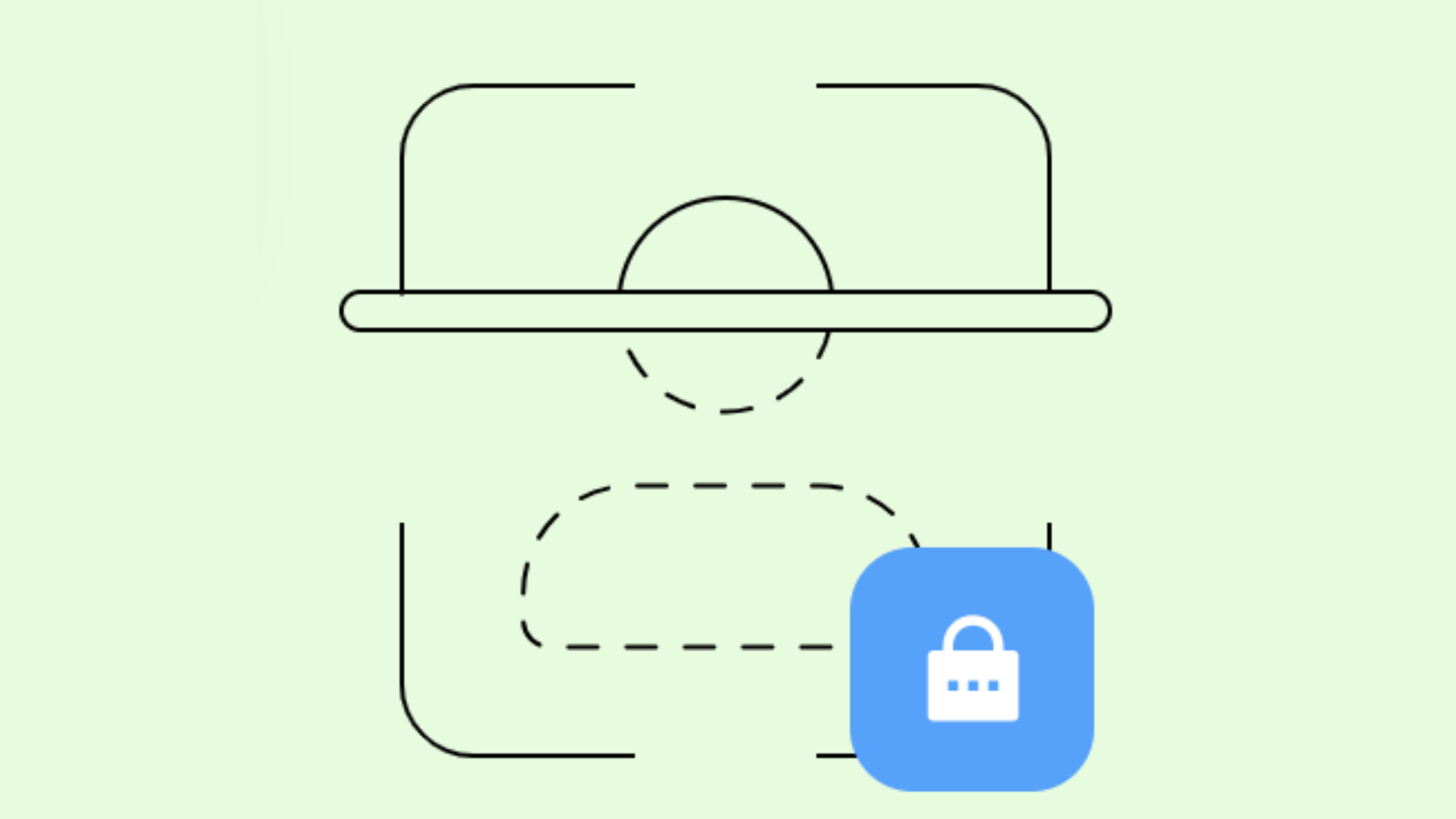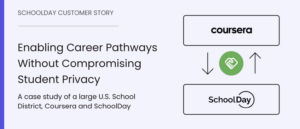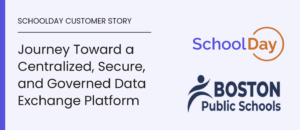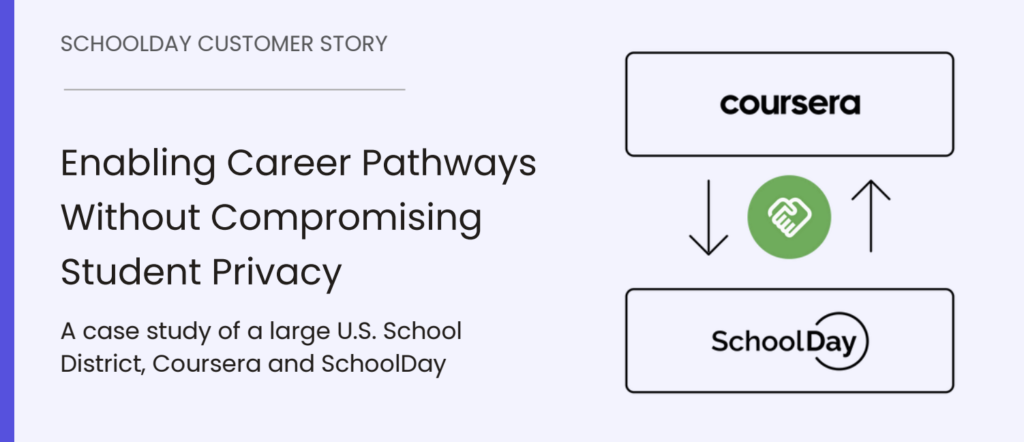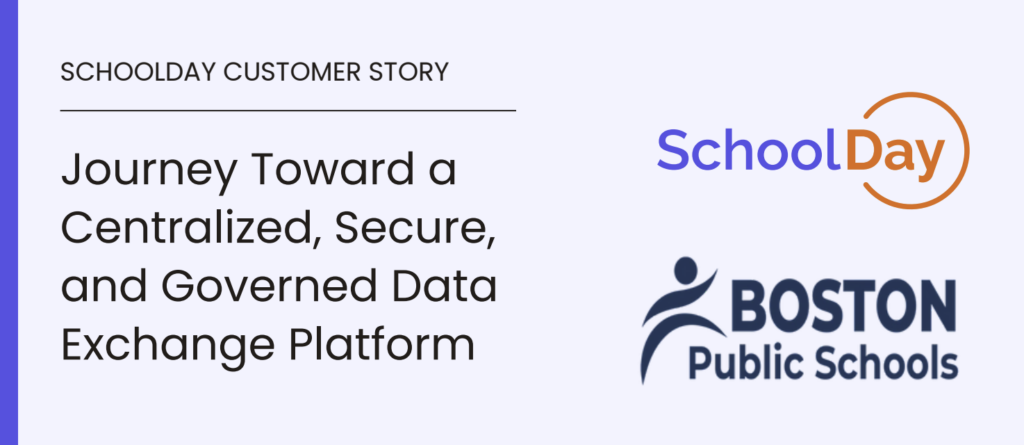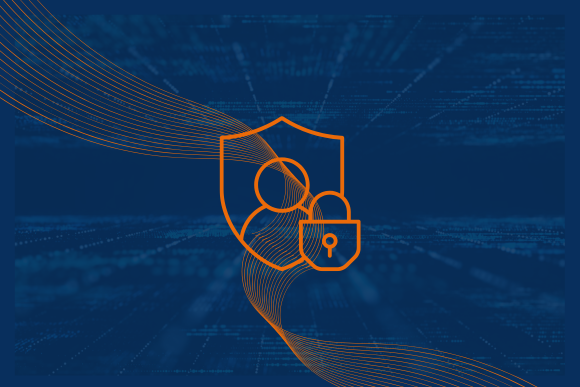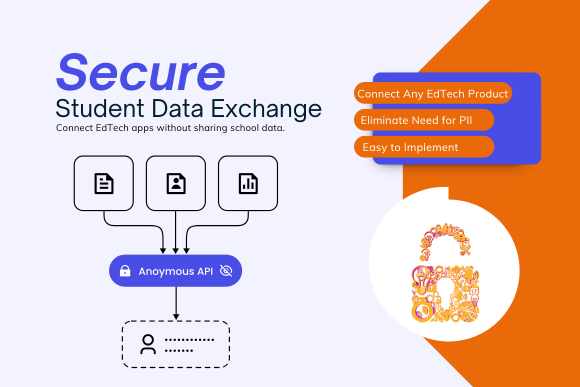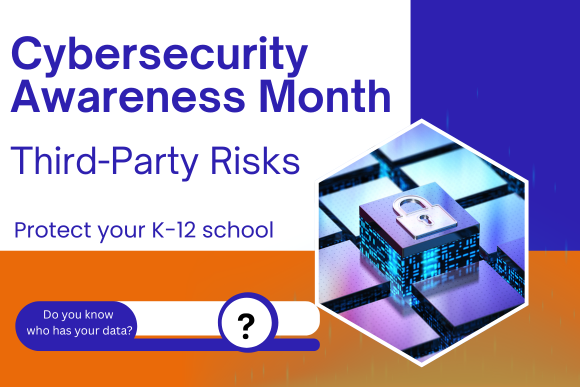Multi-factor authentication (MFA) increases security by requiring more than a password alone to log into an account or network. It can almost completely eradicate phishing. The conventional username-password login no longer provides enough security in today’s world of data breaches and credential sales on the dark web.
MFA is an essential layer of security. But implementing the verification process in a K-12 school setting, especially one with younger students, can be challenging. Young learners typically don’t have personal devices or email accounts. This makes using SMS, authenticator apps, and secondary emails as authentication options much more difficult.
However, many schools are facing the dilemma of needing to implement MFA to qualify for cybersecurity insurance. What’s more, we anticipate that K-12 schools will soon be required to not only meet compliance requirements but also undergo compliance audits. To meet NIST or SOC 2 standards, these schools will need to implement MFA.
Introducing SchoolDay MFA for K-12 Schools
Recognizing the crucial nature of MFA for K-12 schools, SchoolDay has developed an MFA solution that enables every school to implement MFA for every student, without risking the security of a student’s personally identifiable information (PII). Using sophisticated technology, our MFA protocol allows students to access their school network using PII-free and passwordless multi-factor authentication.
How SchoolDay MFA for K-12 Schools Works
A true multi-factor authentication system ensures that only the student can access their account. To do this (without requiring passwords or personally identifiable information), SchoolDay’s MFA solution converts an image of the student into an algorithm. No image is stored on the system, and the algorithm cannot be unencrypted. A scan of the QR code on the student’s ID badge combined with the device ID from the device they’re using, allows students to achieve a truly secure, passwordless, and PII-free multi-factor authentication.
Advantages of MFA
According to Microsoft, enforcing MFA can block over 99% of phishing attempts, which means that MFA is a nearly foolproof method for protecting K-12 school data and networks from data breaches.
Combined with other cybersecurity measures, such as firewalls, offsite backup and recovery, and early-warning systems, cybersecurity defenses can be significantly reinforced through the use of MFA.
To learn more about SchoolDay’s multi-factor authentication solution, visit https://www.schoolday.com/multi-factor-authentication/ or request a live demo.
